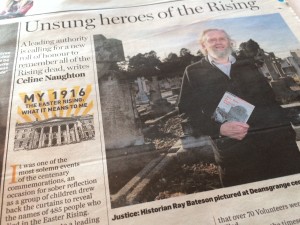Learning Technologies Podcast – April 10- Primary Sources and their Use in Digital Reading
Learning Technologies Podcast – April 10- Primary Sources and their Use in Digital Reading
2:55
Podcast Transcript:
Welcome to the Learning Technologies Podcast. Today’s topic is … Primary Resources and their Use in Online Courses. This podcast occurs in conjunction with my facilitation of PBS TeacherLine’s Online Course in Digital Reading.
Primary sources are the raw materials of history — they are the original documents and objects which were created at the time under study. They are different from secondary sources, accounts or interpretations of events created by someone without experience. Examining primary sources gives students a powerful sense of history and the complexity of the past. Helping students analyze primary sources can also guide them toward higher-order thinking and better critical thinking and analysis skills.
Resources matter. How we reflect on them matters too. Sometimes our students get caught up in their impression of what is said and who is saying it. They mix their opinion of the source with what the person may or may not be trying to communicate. But students of Historiography tell us this does not change the efficacy of the resource itself.
For example, last year, there was a renewed interest in Ireland on the events of the 1916 Easter Rising, also referred to as the Rising. Researchers are returning to primary sources such as journals, diaries, death records, and cemetery listings to discover that many more people died than previously thought in the uprising for Irish Independence from Britain. One historian, Ray Bateson continues to search for a comprehensive listing of the previously unrecognized heroes of the Rising. Although records of the Irish Easter Rising are scant in the United States’ Library of Congress, they are included and it is significant to note that the importance of Primary Resources is part of global endeavors.
Perhaps the best benefit of online courses is the time given (and even encouraged) for reflection and consideration. So, consider with me- Is there a place for primary sources in courses delivered online and, if so, what does this mean for citing sources and pointing students to primary sources?
Thank you for considering these questions with me. I enjoy learning from you! Please leave a comment in our Week 3 discussion board to keep the discussion going.
(This podcast Created using Audacity)
Additional Resources from Edublogs




